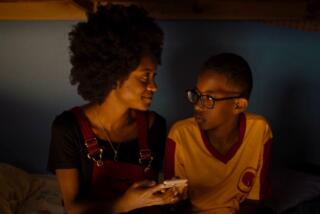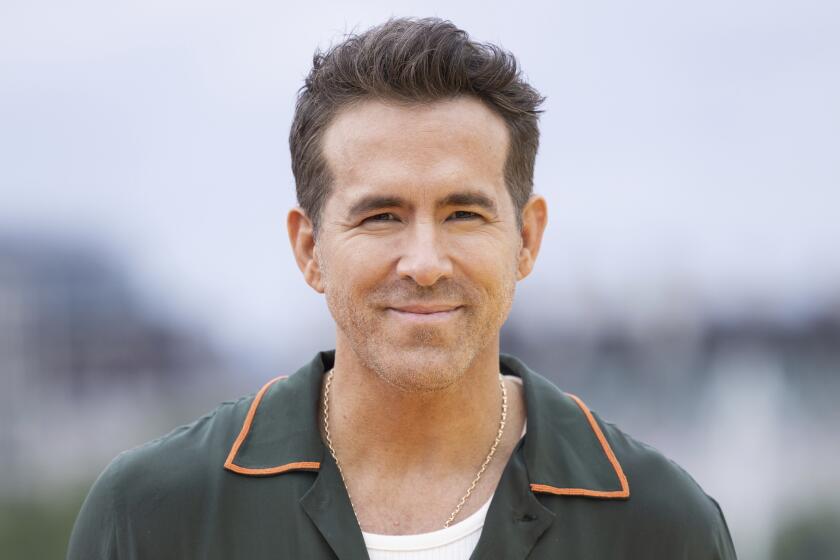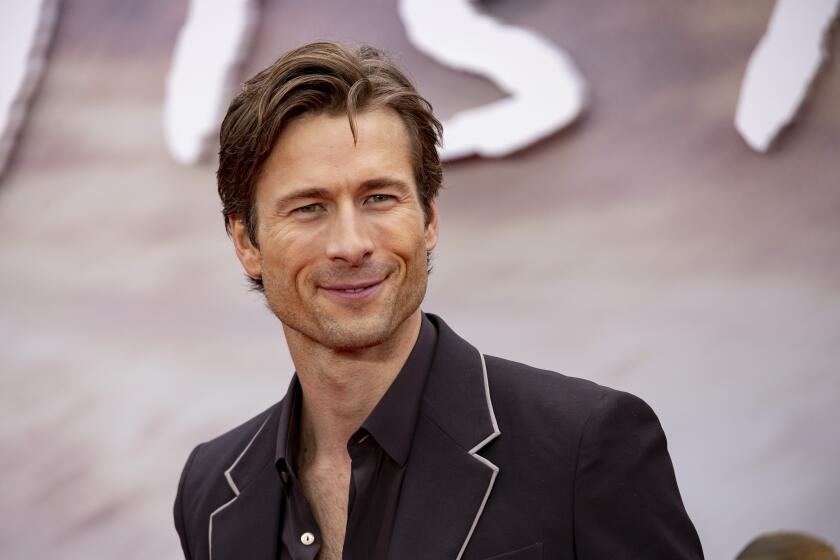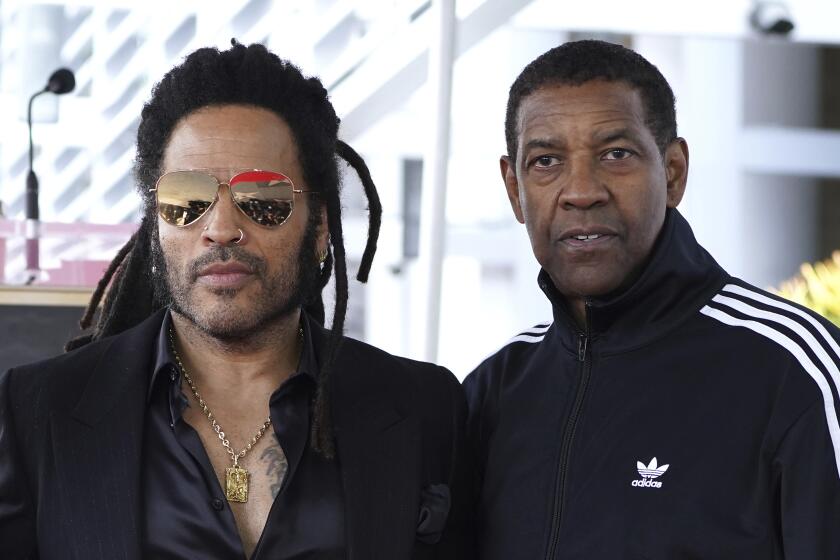The tale of a revolution made of music
“Amandla!” comes with an exclamation point at the end of its title, a piece of punctuation that is more than earned. The emphatic story of the role music played in South Africa’s struggle against apartheid, “Amandla!” is a music documentary and a political documentary and then some. It leaves you stirred and uplifted not only by its music but also by the determination and courage of the people who sang and danced it on the way to a freer life.
Subtitled “A Revolution in Four-Part Harmony,” “Amandla!” is not just saying that music was important to the resistance, the way it was, for instance, to the American civil rights movement. Its thesis is that the two are so fundamentally intertwined and inseparable that telling one story without relating the other is simply not possible.
Paradoxically, it was a young American filmmaker, Lee Hirsch, who focused on this connection and determined to make a film about it. That became a nine-year project that ended up winning awards for both documentary audience and freedom of expression at last year’s Sundance Film Festival.
Hirsch arrived in South Africa when he was only 20 and lived in the country for five years, making a living directing music videos while he and producer Sherry Simpson conducted interviews and collected compelling documentary footage of mass demonstrations and the often savage police response to them.
Even if you think you know or don’t think you much care about what happened in South Africa, what “Amandla!” (the word means power in the Xhosa language) has to show compels attention. It’s rare to see what one participant called “the unquenchable spirit of the people” vividly captured in newsreel footage of hordes of protesters, more distinctive still to pair that with revealing interview footage in which people are honest about their anger and, in the case of government officials, their complicity in the unhappy events of the day.
“Amandla!” talks to celebrated exiled musicians including Miriam Makeba and Hugh Masekela, so frustrated by his situation he was nearly arrested for talking to himself in New York’s Central Park. It talks to activist Thandi Modisi, saved by song when she was pregnant and suicidal after beatings in a South African prison. And it talks to Johan Steinberg, a former death row warden, who is remarkably candid about how addictive the power over life and death can become.
And then there is all that music, everything from rhythmic chanting and melodic harmonies to sophisticated ballads. The point is made over and over that, given the great passion South Africans have for singing, music became the lingua franca of the struggle.
“Song is something that we communicate to the people who otherwise would not have understood where we were coming from,” says activist and music producer Sifiso Ntuli. “You could give them a long political speech and they would still not understand, but I tell you, when you finish that song people be like ‘I know where you guys are coming from.’ ”
“Amandla!’s” history begins in 1948, when South African Prime Minister Henrik Verwoerd began implementing apartheid by disingenuously describing it as “a policy of good-neighborliness.” Africans were not fooled, and Vuyisile Mini, the first great composer of freedom songs, wrote his subversive “Beware Verwoerd,” which sounded sweet but had lyrics that warned: “Watch out Verwoerd, the black man will get you.”
In a tense atmosphere where singing the wrong thing could get you arrested, song became, as one protester put it, “a tool we used in a war.” Mild hymn-like songs took on militant contexts, and even love songs of lovers separated because one was going underground or in exile could be “struggle” songs.
“Amandla!” also illustrates how every phase of the battle against apartheid had its own kind of music. After 1960’s savage Sharpeville massacre, for instance, there was a tone of lamentation and lyrics like “what have we done, our only sin is being black.”
A new generation’s Soweto uprising in 1976 led to songs that were more youthful, more energetic, more radical. And in the 1980s things got more intense still with the toyi-toyi, a high-energy combination of song and dance that kicked things into another gear.
There are nearly 30 songs on the “Amandla!” soundtrack, with performers such as Makeba and Masekela alternating with South African luminaries and prison and community choirs. It makes it easy to understand what jazz great Dizzy Gillespie meant when he told Masekela, “I’d like to be part of your revolution, because the people are always dancing and singing.”
*
‘Amandla!’
MPAA rating: PG-13 for some images of violence and for momentary language
Times guidelines: intense subject matter, descriptions of brutal prison tortures
A Kwela Productions presentation in association with Bomb and HBO/Cinemax Documentary Films, the South African Broadcasting Corp., the Ford Foundation, ATO Pictures, released by Artisan Entertainment. Director Lee Hirsch. Producers Lee Hirsch, Sherry Simpson. Executive producer Sherry Simpson. Cinematographers Clive Sacke, Ivan Leathers, Brand Jordaan. Editor Johanna Demetrakas. Running time: 1 hour, 43 minutes.
Exclusively at the Laemmle Sunset 5, 8000 Sunset Blvd, West Hollywood, (323) 848-3500.
More to Read
Only good movies
Get the Indie Focus newsletter, Mark Olsen's weekly guide to the world of cinema.
You may occasionally receive promotional content from the Los Angeles Times.







